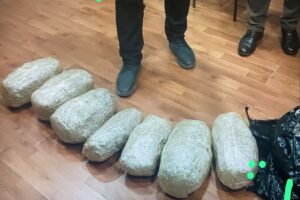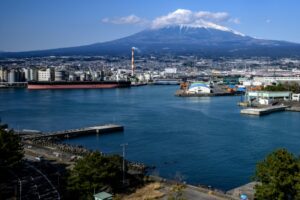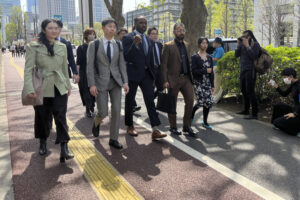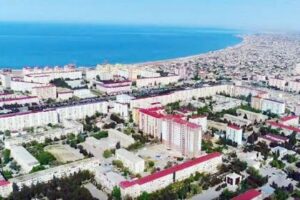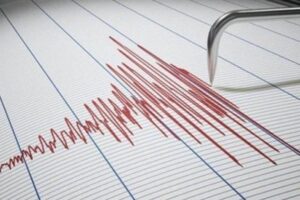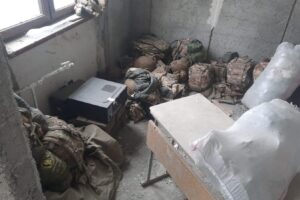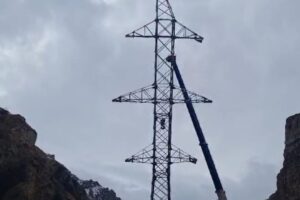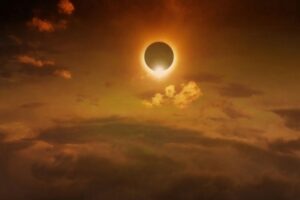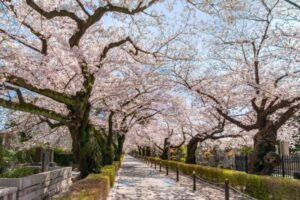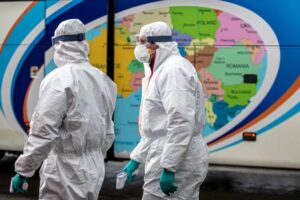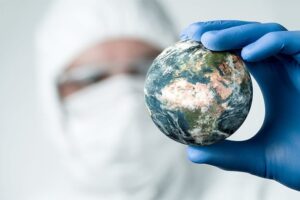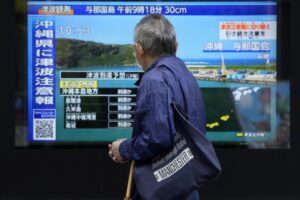Tokyo, 13 March, /AJMEDIA/
TOKYO – Twelve years have passed since the 2011 nuclear disaster and preparations are underway to discharge treated radioactive water into the sea from the crippled Fukushima power plant, although local fishermen and Japan’s neighbors remain wary of the plan.
The Japanese government seeks to begin releasing the water sometime this spring or summer, with operator Tokyo Electric Power Company Holdings Inc. asserting the many large tanks holding treated water are obstructing work to decommission the defunct reactors.
TEPCO and the government plan to release the water containing trace amounts of tritium into the Pacific Ocean despite opposition from fishery communities whose businesses have finally made progress in recovering from reputational damage caused by the disaster, considered the world’s worst nuclear accident since the 1986 Chernobyl meltdown.
“Immediately after the accident, I never thought the day would come when we would be able to sell so much fish,” said Masahiro Ishibashi, a 43-year-old fisherman who spoke while sorting seasonal whitebait at a port in Soma, Fukushima Prefecture.
“The discharge of the water may destroy everything that has been built up so far. I want the government and TEPCO to think a little more about this,” Ishibashi said in late February.
After a massive earthquake and tsunami struck northeastern Japan on March 11, 2011, the Fukushima Daiichi plant lost power and the ability to cool its reactors. The Nos. 1 to 3 reactors suffered core meltdowns, and the buildings of No. 1, 3 and 4 units were severely damaged by hydrogen explosions.
Since then, water has been continuously pumped in to cool melted fuel and debris. The water becomes contaminated with radioactive materials like cesium and strontium and mixes with groundwater and rainwater before being moved into storage tanks after being treated with an advanced liquid processing system, or ALPS, that removes most radionuclides.
The introduction of the ALPS in 2013 allowed most contaminants to be removed from the water, but the process cannot eliminate tritium, which is difficult to separate.
The total amount of treated water stored in tanks exceeded 1.32 billion liters, or 96 percent of the storage capacity as of Feb. 16, and TEPCO says it is difficult to add more tanks as it needs to secure a site for a debris storage facility.
The government decided in April 2021 to start discharging the treated water into the sea from around the spring of 2023 after diluting it with seawater to keep the concentration level of tritium under one-40th of the country’s safety standards.
According to the plan, the treated water will be released about one kilometer off the coast through an underwater tunnel, which now measures about 800 meters in length, and two large tanks to pool treated water before the release that have been built near the Nos. 5 and 6 units.
Tritium is a relative of hydrogen and exists naturally in rainwater and seawater due to cosmic radiation and past nuclear tests.
It is said to pose little risk to human health and the environment as the radiation given off by it is very weak and cannot penetrate human skin. It is also believed to be unlikely that it can accumulate in a living body.
Tritiated water is produced at nuclear generation facilities that have not experienced accidents and is released inside and outside Japan under set regulations.
Fishery associations nationwide remain firmly opposed despite the government pledging to provide the industry with financial support to help them continue operations and prevent reputational damage. It also guaranteed to buy their products if demand dries up due to consumer backlash.
Fishing along the coast of Fukushima Prefecture, known for high-quality seafood, has not recovered fully, as hauls by fisheries in the prefecture last year only stood at 20 percent of the level before the nuclear disaster.
TEPCO and the government promised local fishermen in 2015 they will not dispose of the treated water without gaining the understanding of concerned parties — but it remains unclear to whom that refers — and local residents are worried the release could take place without local approval.
Some of Japan’s neighbors have also expressed opposition to the plan, with China and Russia voicing concern at a U.N. Security Council meeting last month.
“Regrettably, to date Japan has yet to provide science-based and credible explanations on key issues,” China’s Ambassador to the United Nations Zhang Jun said, citing such points as the legitimacy of the discharge plan and reliability of its data on the treated water.
A Russian representative also criticized Japan’s stance, arguing Tokyo approved the water discharge plan without obtaining consent from neighboring countries.
“When making that decision, our Japanese colleagues did not think it necessary to discuss the issue with the neighboring states,” Deputy Permanent Representative Dmitry Chumakov said.
Meanwhile, a South Korean government official said in January the water must be safely disposed of in accordance with international standards from objective and scientific perspectives.
The country’s government-backed research institutes released an analysis in February that the release would not affect human health, as the concentration of tritium will be extremely low in South Korean waters in 10 years if the treated water discharge goes ahead as scheduled.
To ensure the discharge is in line with international safety standards and poses no harm to public health and the environment, the International Atomic Energy Agency has conducted several safety reviews of the plan.
The IAEA plans to issue a comprehensive report based on their findings prior to the start of the discharge, with IAEA Director General Rafael Grossi saying transparency of the process is key to the successful execution of Japan’s plan.




